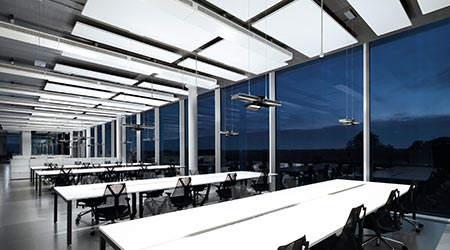
OSHA Rule Targets Work Surfaces and Falls
February 2, 2017
Falls from heights and on the same level — a working surface — are among the leading causes of serious work-related injuries and deaths. The U.S. Occupational Safety and Health Administration (OSHA) recently issued a final rule on walking-working surfaces and personal fall-protection systems to better protect workers in general industry from these hazards by updating and clarifying standards and adding training and inspection requirements.
The rule affects a range of workers, from painters to warehouse workers. It does not change construction or agricultural standards. It incorporates advances in technology, industry best practices, and national consensus standards to provide effective and cost-efficient worker protection. Specifically, it updates general industry standards addressing slip, trip, and fall hazards in subpart D, and it adds requirements for personal fall protection system in subpart I.
OSHA estimates that these changes will prevent 29 fatalities and 5,842 lost-workday injuries every year.
The rule benefits employers by providing greater flexibility in choosing a fall-protection system. For example, it eliminates the existing mandate to use guardrails as a primary fall-protection method and allows employers to choose from accepted fall-protection systems they believe will work best in a particular situation — an approach that has been successful in the construction industry since 1994. Employers also will be able to use non-conventional fall-protection in certain situations, such as designated areas on low-slope roofs.
Read more
here.
This Quick Read was submitted by Dan Hounsell, editor-in-chief of Facility Maintenance Decisions, dan.hounsell@tradepressmedia.com. To read about worker safety related to aerial work platforms, visit https://www.facilitiesnet.com/16914FMD.
Next
Read next on FacilitiesNet












